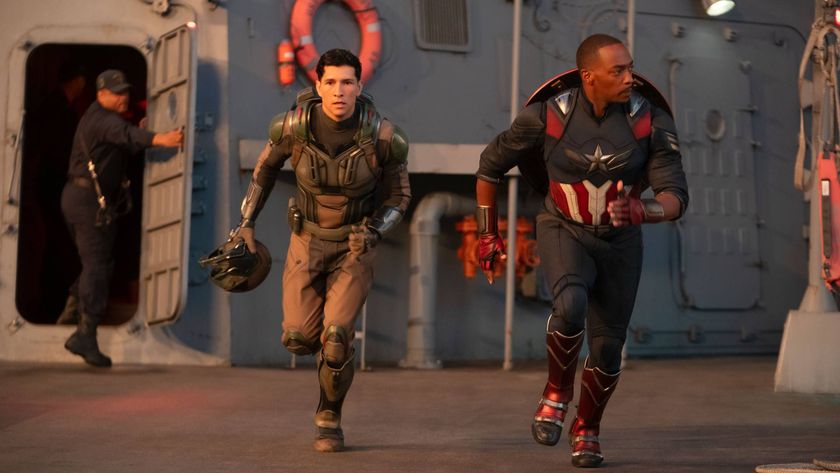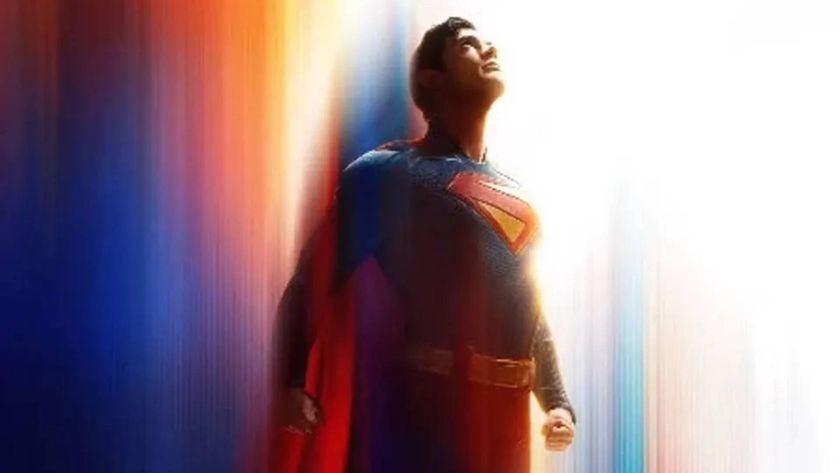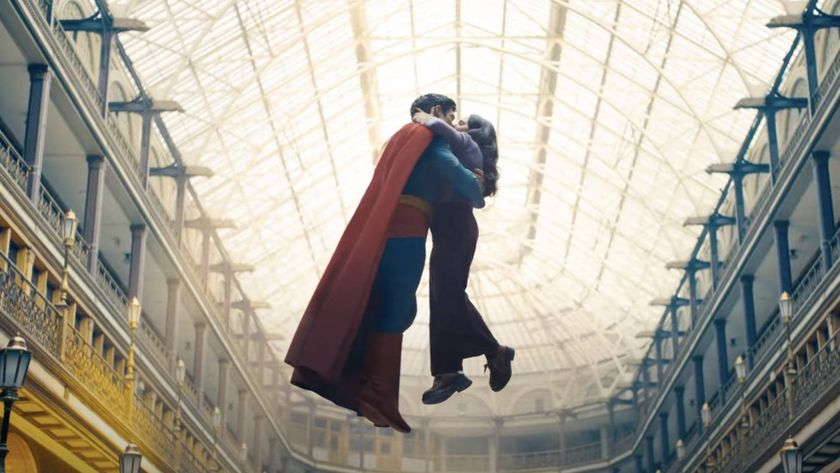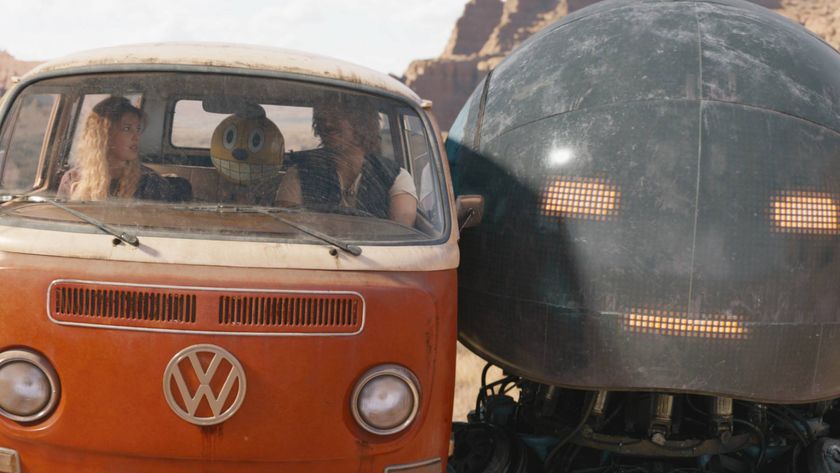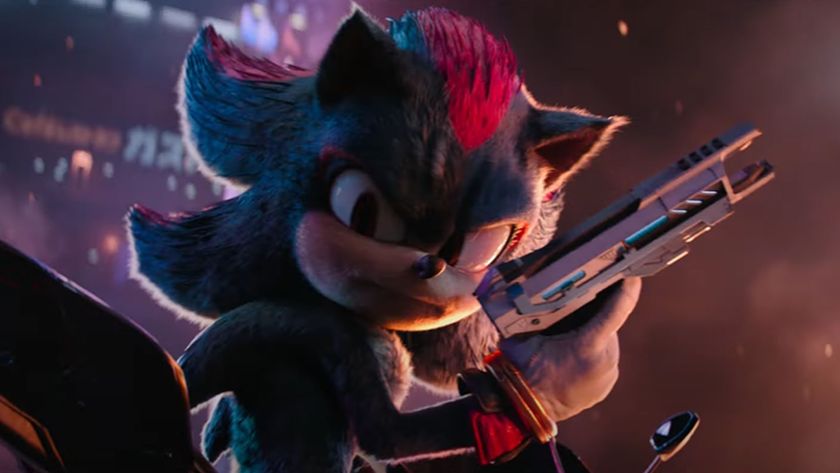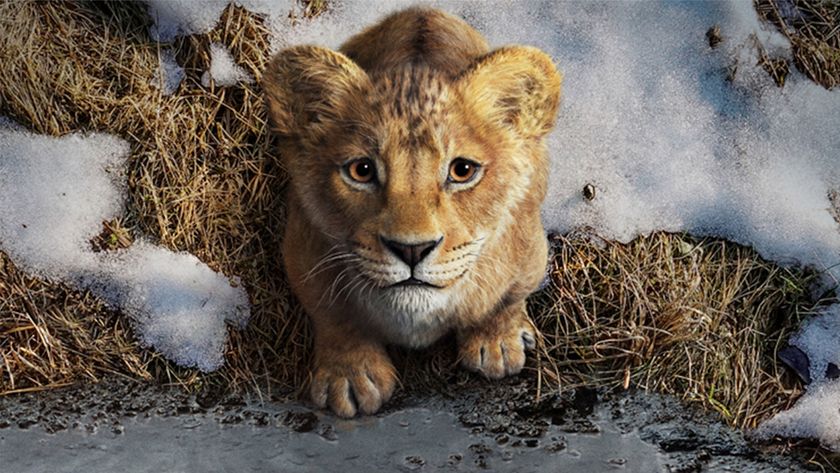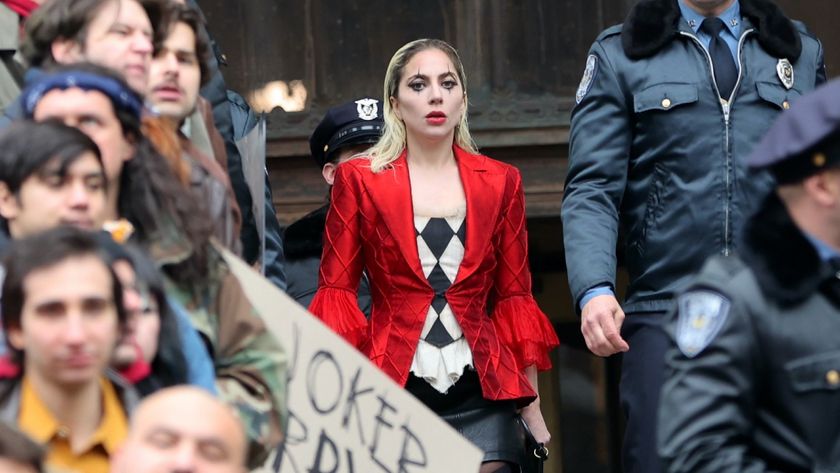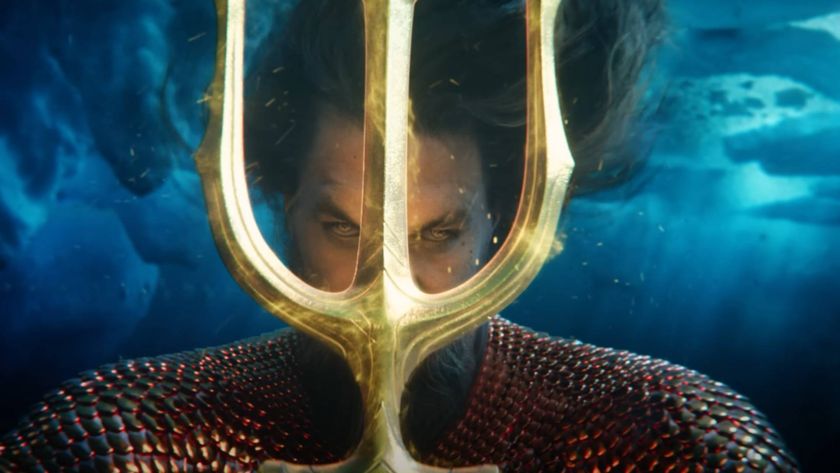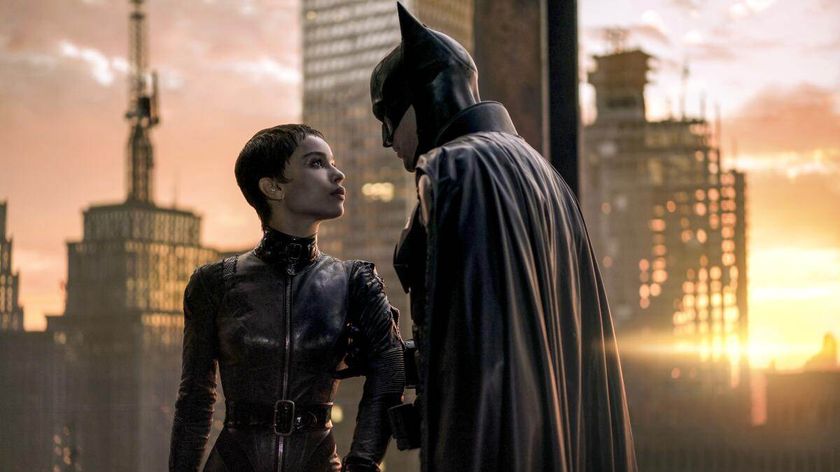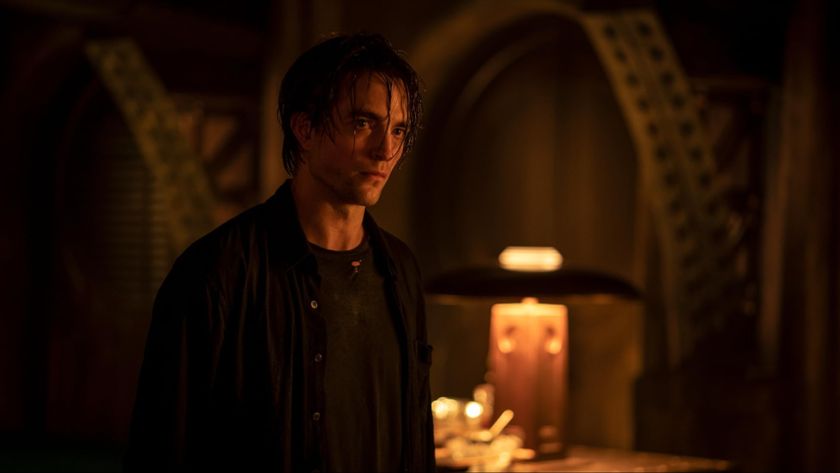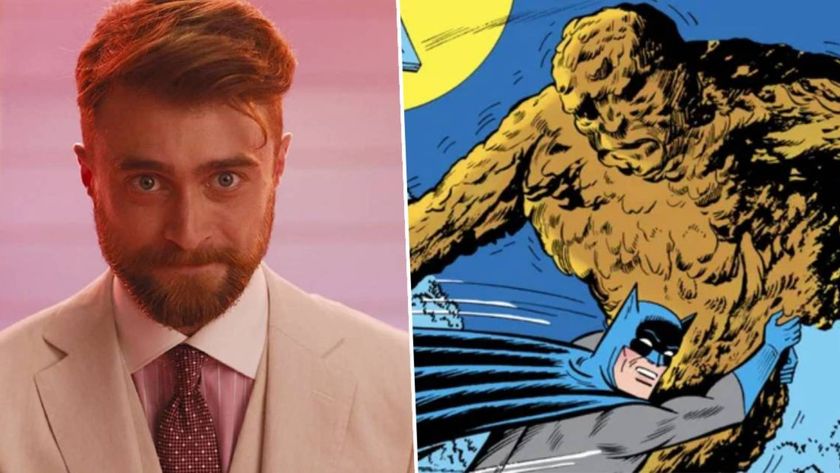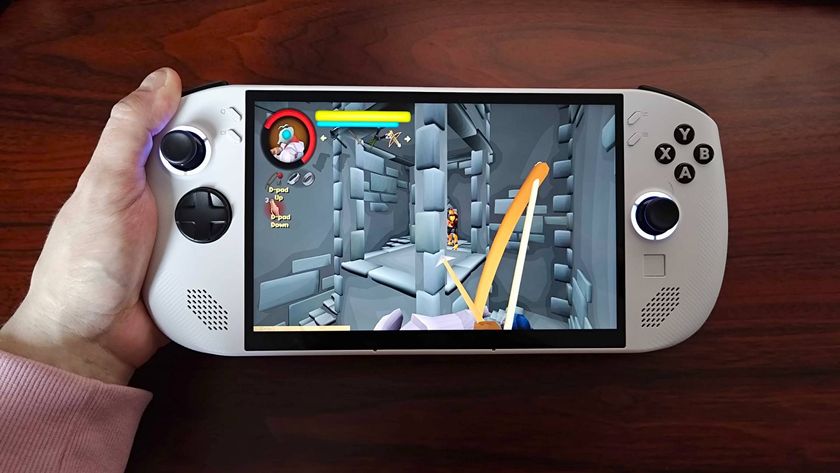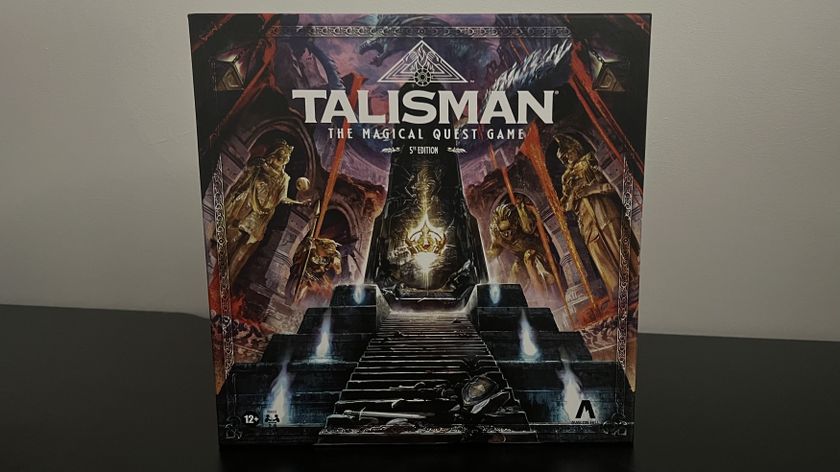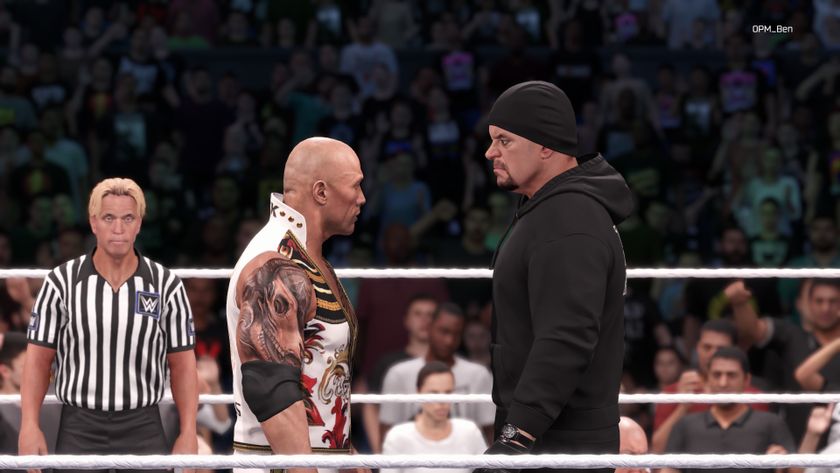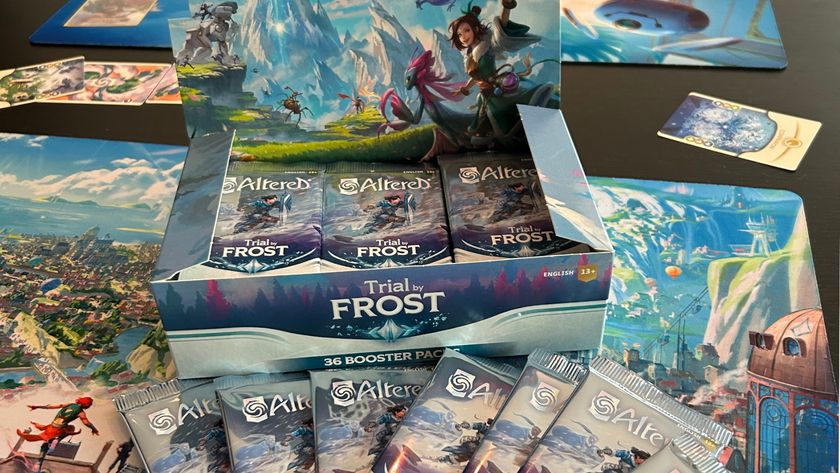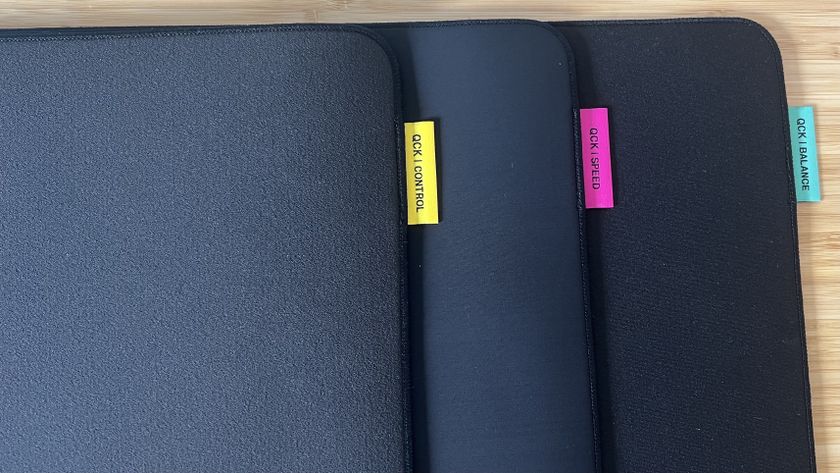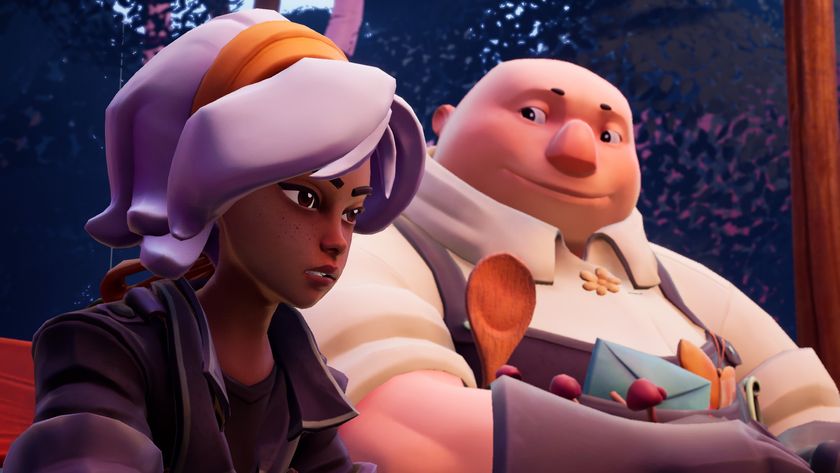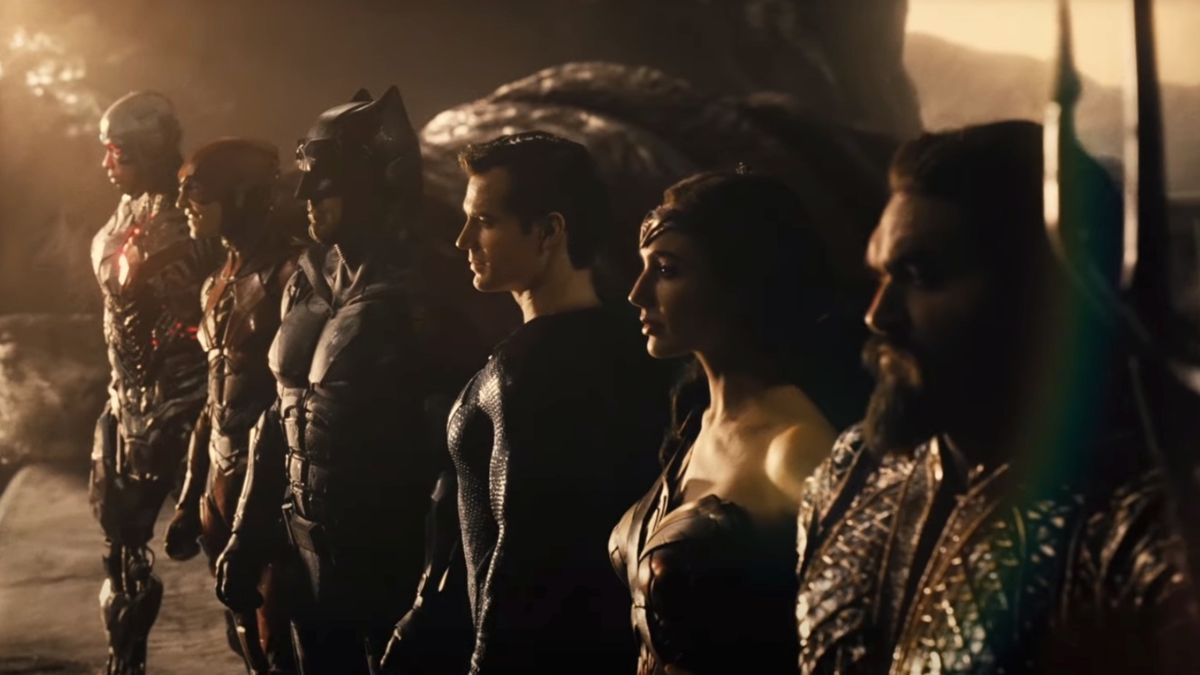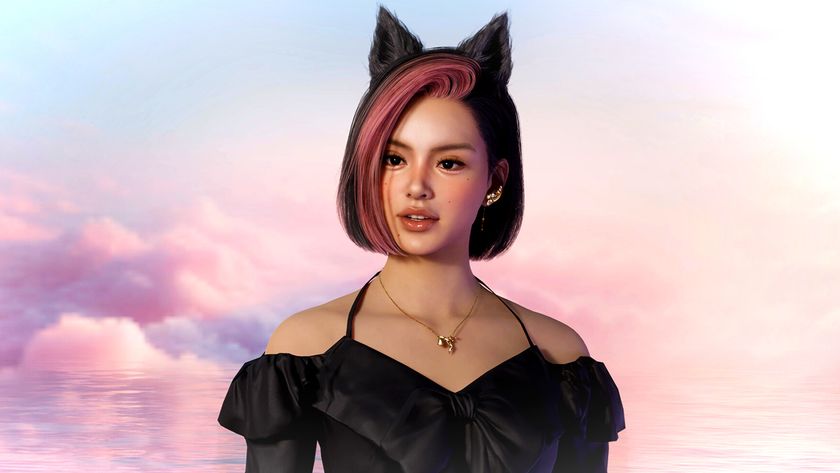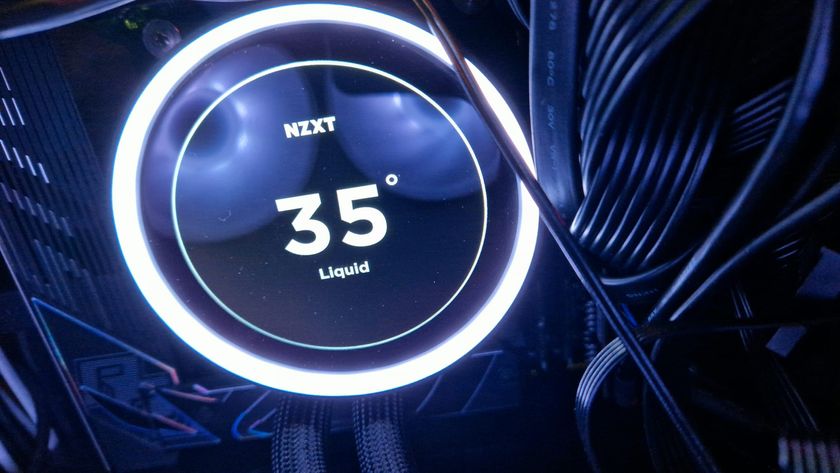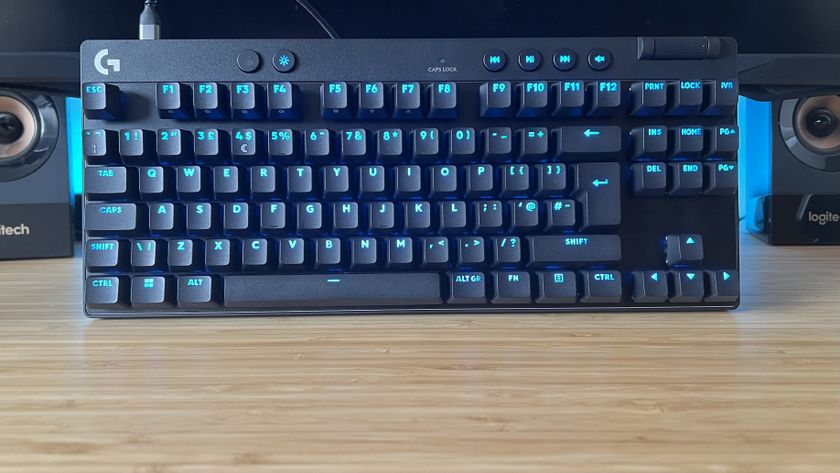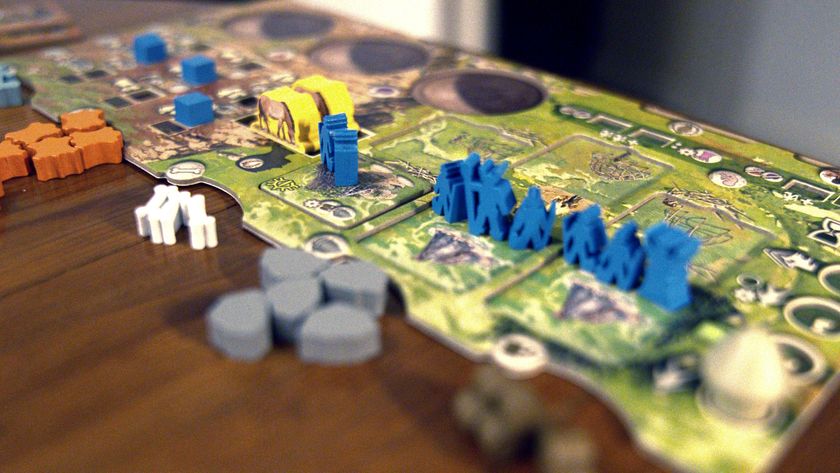12DOVE Verdict
Though suffering from its own shortcomings, Zack Snyder’s gargantuan Justice League is a commendable improvement on the widely derided original. Stock up on snacks.
Why you can trust 12DOVE
Justice League is a risible film with few redeeming qualities. As for Zack Snyder’s Justice League, that’s a little more complicated.
Clocking in at a whopping 4 hours, 2 mins (and 40 seconds), this greatly extended cut represents Snyder’s unadulterated vision for his troubled DCEU team-up. Born of a vocal fan campaign, and the aggressive subscriber push of deep-pocketed streamer HBO Max, Justice League XXL is a much-improved revision of a film that would be hard to make any worse, existing almost exclusively to satisfy DC die-hards.
For those that kept the faith in the once-mythical 'Snyder Cut', the film is a roaring success, a vindication that there was once a worthwhile vision underpinning the whole damned endeavor. For everyone else, this wildly ambitious, deeply flawed film is an exhaustive, sometimes exhausting example of superhero excess, serving as a warning for the dangers of misguided studio interference, and a fascinating example of how a film can be harmed beyond all recognition in post-production.
Because, to Snyder’s credit, it’s clear that he wasn’t the one calling the shots for the majority of Justice League 2017’s most inept moments. The disorientating plot? Given ample (arguably too much) context here. That comically rubbish Russian family? Gone. Henry Cavill’s dreadful digital wet shave? Snipped. Steppenwolf’s inanimate face? Completely remodeled to a significantly higher standard. The Flash face-planting Wonder Woman’s boobs? All Whedon.
There’s nary a scene in Zack Snyder’s Justice League that isn’t completely new, substantially expanded, or drastically improved through editing, alternate takes, or consistent cinematography. Even the theatrical cut’s one genuinely great set-piece on Themyscira is elevated through impactful additions. The upshot is that this finally feels like the cohesive work of a single filmmaking team, rather than the shambling Frankenstein’s monster of the original.
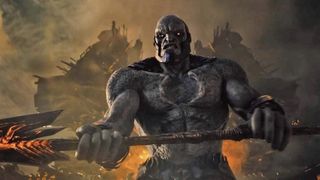
To further add to the idiosyncratic, singular nature of Snyder’s superhero epic it’s presented in 4:3 – AKA the aspect ratio of your Nan’s ancient CRT – which preserves the full 4-Perf 35mm frame originally intended to fill a towering IMAX screen. At home, this means you’re watching a film with vertical borders. But it works, and frequently looks stunning, with the action clearly framed for increased verticality. Split into six chapters and a 20 minute ‘here’s what you could have won’ epilogue containing roughly 10 minutes of new footage shot by Snyder last year, the film’s gargantuan runtime will be an unreasonable single-sitting commitment for most, but the chapters make for natural breakpoints that give the expansive story the rhythm of a mini-series.
Cyborg is easily the biggest beneficiary when it comes to those ample reinstated scenes. Previously there was little more to robo-boy Victor Stone than a mopey spin on Iron Man. Here he’s given a fleshed-out backstory involving his parents which resonates throughout the entire film. He’s still far from being an electrifying addition to the modern comic book movie landscape – even when presented with this fuller picture, a standalone Cyborg movie would have been a step too far – but he’s no longer deserving of total ridicule.
Gal Gadot’s Wonder Woman remains DC’s standout player – her early heroics at The Old Bailey a gleeful highlight, even if some odd-looking super-speed added to this sequence is an unfortunate detraction. However, both Gadot’s performance and Wonders’ characterization are light years ahead in her solo outings. Hot on the heels of Wonder Woman 1984, this slightly too dour Diana feels out of step with Patty Jenkins’ movies.
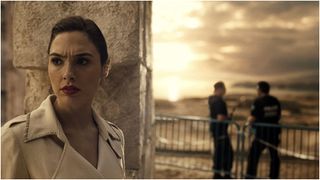
It’s a film that never comes close to the giddy heights of Marvel’s standout team-ups
Batman is curiously underutilized in Snyder’s Justice League. It’s clear in retrospect that 'more Batfleck' was a directive from the top for the Whedon cut, leading to the inclusion of the film’s Bat-centric opening sequence. In Snyder’s Justice League, Bruce doesn’t properly suit up for the best part of two hours, and when he finally does he’s so clearly out of his depth fighting creatures from the stars that he barely gets involved in the action, either piloting a series of merchandising opportunities or spending the majority of the final showdown taking pot shots with a space rifle from the sidelines – hardly the stuff of Bat-fan dreams.
Superman gets little more than a new obsidian color scheme here. Likewise, Aquaman’s arc remains largely unaltered, and while Momoa made a reasonable first impression back in 2017, here you’re served a slightly underwhelming helping of a character who made a much bigger splash in James Wan’s solo movie. As for Ezra Miller’s Flash, the Scarlet Speedster gets some visually spectacular Speed Force moments that make the most of Snyder’s knack for striking slow-mo tableaux, and are greatly enhanced by Junkie XL’s score, which completely replaces Danny Elfman’s pastichey misfire. An introductory act of heroism featuring Kiersey Clemon’s Iris West (recently announced as part of Andy Muschietti’s upcoming Flash movie) is great fun, while Barry’s overbearing quips are mercifully dialed down – dasvidanya Dostoyevsky.
And yet, it’s a film that never comes close to the giddy heights of Marvel’s standout team-ups, rarely as thrilling as it could have been if we’d had meaningful introductions to all these characters leading into Justice League. Tonally, it’s an odd mix, with deadly serious, world-ending stakes sitting alongside awkward attempts at levity that typically land with a thud. A mid-film set-piece involving the Knightcrawler under Gotham Harbour is one of the worst action sequences Snyder has committed to film – set in a dull locale and featuring tedious punch-ups with uninspiring Parademons. Steppenwolf is a more fully realized antagonist here, but in the pantheon of comic book villains, he’s still more Malekith the Accursed than Thanos. Ultimate DC big bad Darkseid at least has an actual presence this time around, but he does little more than scowl over Apokolips Skype and get his ass kicked in a flashback, making him a somewhat neutered threat.
Taken on its merits as a four-hour film, Zack Snyder's Justice League is unwieldy, indulgent, and frequently impenetrable, with all-new cameos and subplots upon subplots that will mean little to all but the most DC-savvy viewers. While the broad structure of the story – which still involves DC’s assembled metahumans racing to stop a space bull from assembling three MacGuffin boxes before they scorch the earth – remains dispiritingly unchanged, rarely registering as anything more than an excuse to move superfolk around the chessboard.
There simply isn’t enough plot here to warrant such an exorbitant runtime, while hints at what was planned for future Justice League movies involving Batman, Jared Leto’s Joker, and more, don’t give you the impression that you’re missing out on much in the likely event that they are never made. But for all the controversy that has surrounded Justice League from its troubled production on, it’s almost a relief to have Snyder’s version out in the world, and the question of what should have been answered. Neither the magnum opus some may have expected, nor the catastrophic car-wreck of the original, it’s a fascinating, flawed climax to Snyder’s grand DCEU experiment.
Before you watch Snyder Cut, be sure to catch up on all the DC movies in order. The Snyder Cut will be available on HBO Max in the US from March 18 (check out the best HBO Max prices) and on Sky Cinema in the UK and Binge in Australia from the same date.
More info
| Genre | Superhero |

I'm the Deputy Editor at Total Film magazine, overseeing the features section of every issue where you can read exclusive, in-depth interviews and see first-look images from the biggest films. I was previously the News Editor at sci-fi, fantasy and horror movie bible SFX. You'll find my name on news, reviews, and features covering every type of movie, from the latest French arthouse release to the biggest Hollywood blockbuster. My work has also featured in Official PlayStation Magazine and Edge.
